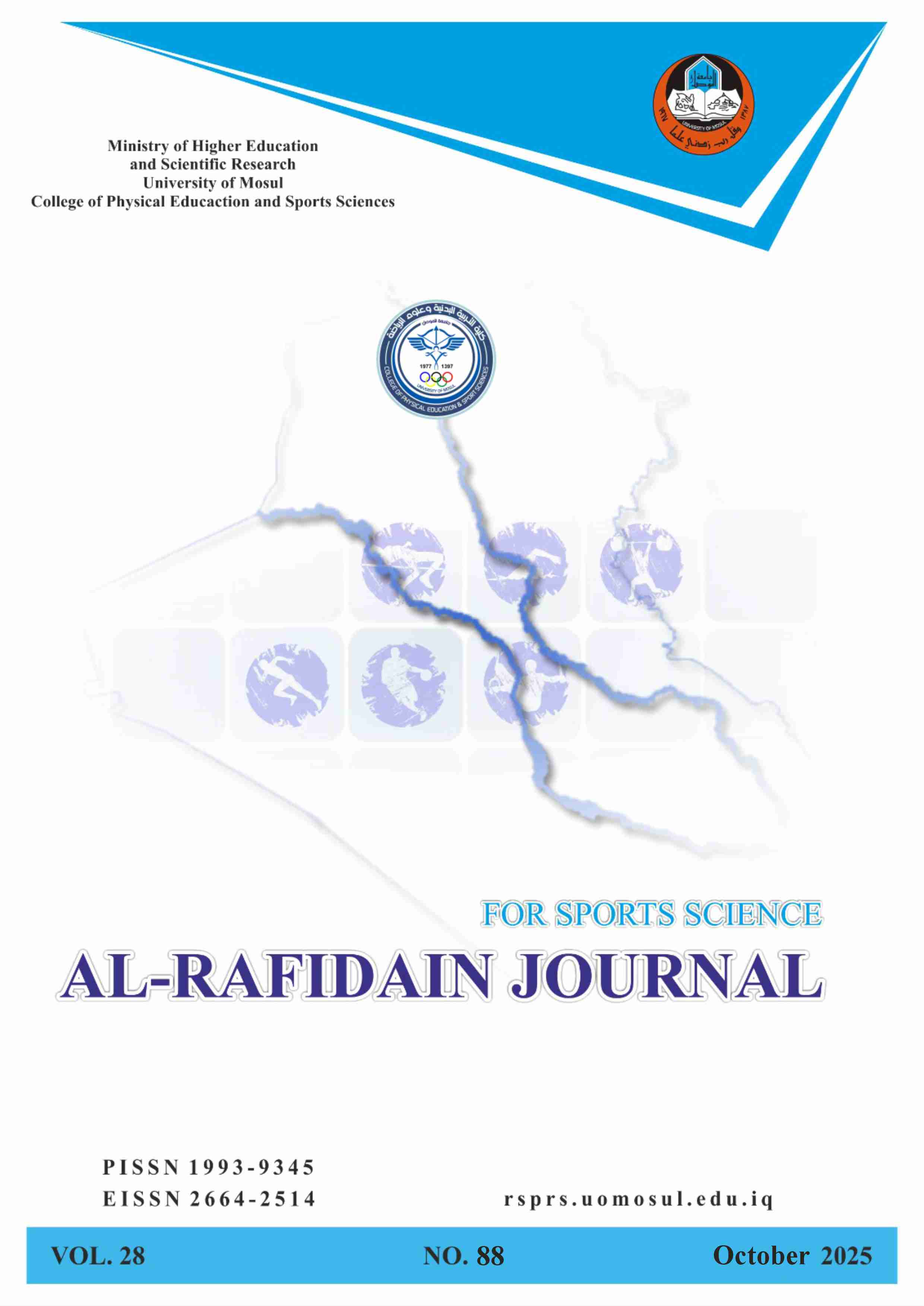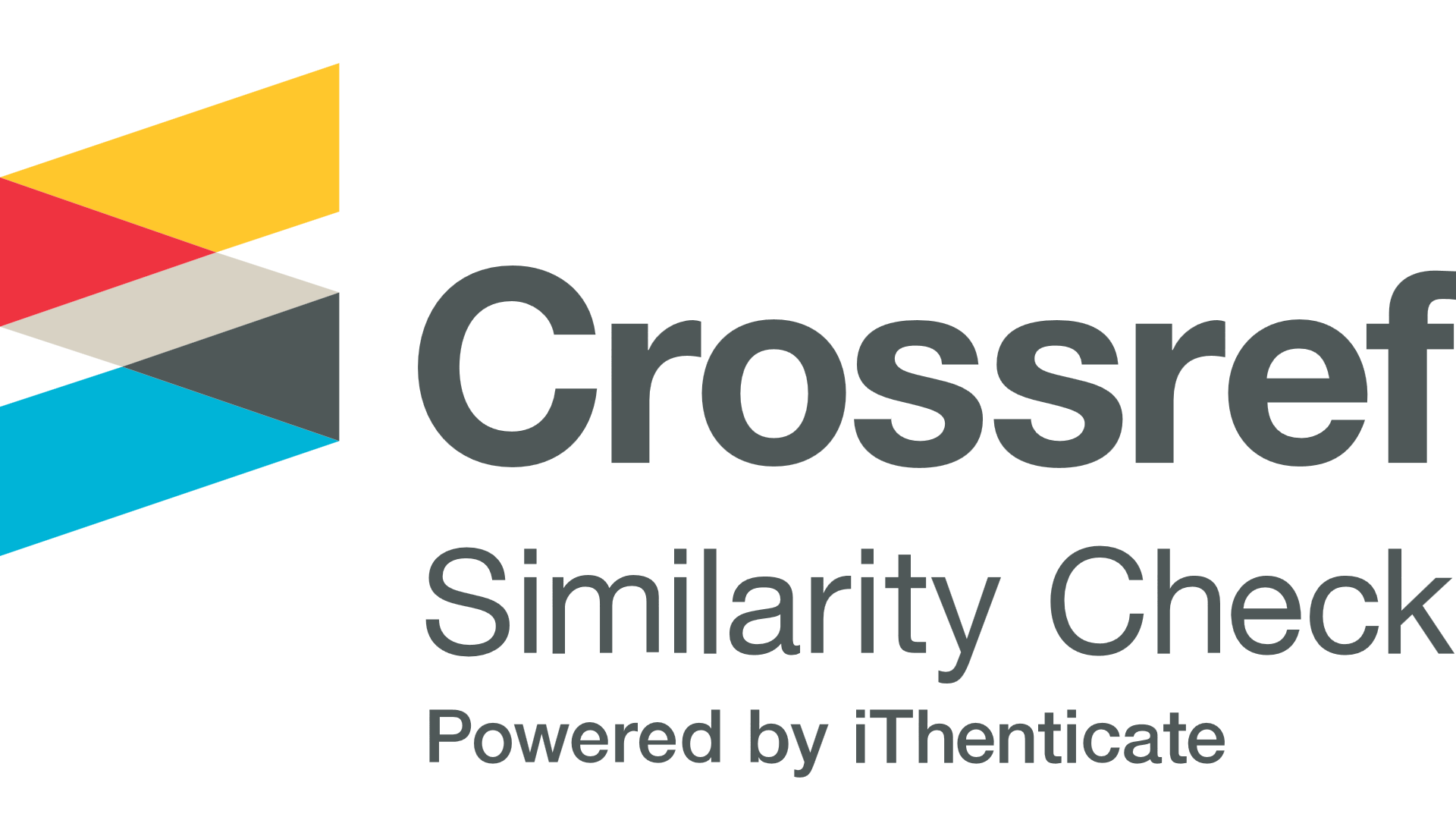تأثير بعض المتغيرات الديموغرافية وأنماط الحياة على الصحة النفسية
منشور
Oct 24, 2025##editor.issues.pages##
394-403الملخص
هدفت هذه الدراسة إلى التحقيق في تأثير بعض المتغيرات الديموغرافية وأنماط الحياة على الصحة النفسية لدى البالغين الذين تتراوح أعمارهم بين 18 و65 عامًا في بيئة حضرية. تم التركيز بشكل خاص على تحديد ما إذا كانت المستويات الأعلى من النشاط البدني ترتبط بانخفاض الاضطرابات النفسية، كما تم قياسها باستخدام استبيان الصحة العامة (GHQ-12). تم اختيار المشاركين من مراكز المجتمع، والصالات الرياضية، والمنصات الإلكترونية، مما أسفر عن عينة مبدئية مكونة من 500 فرد. بعد تطبيق معايير الإدراج (البالغون القادرون جسديًا) والاستبعاد (الأفراد المصابون باضطرابات نفسية معروفة)، أكمل 450 مشاركًا الدراسة.
تضمنت العينة النهائية 220 أنثى (48.9%) و230 ذكرًا (51.1%) بمتوسط عمر 34.5 سنة (± 12.3). تم تقييم النشاط البدني باستخدام استبيان النشاط البدني الدولي (IPAQ)، بينما تم تقييم الصحة النفسية باستخدام GHQ-12. كما تم جمع المتغيرات الديموغرافية وأنماط الحياة، بما في ذلك العمر، والجنس، وحالة التدخين، وجودة النوم، من خلال استبيان منظم. تم تحليل البيانات باستخدام برنامج SPSS النسخة 26.0 باستخدام الإحصائيات الوصفية، معاملات الارتباط لبيرسون، وتحليل الانحدار المتعدد لاستكشاف العلاقات بين المتغيرات .
أظهرت النتائج وجود ارتباط سلبي كبير بين النشاط البدني الكلي ودرجات GHQ-12 (r = -0.45, p < 0.001)، مما يشير إلى أن المستويات الأعلى من النشاط البدني ترتبط بانخفاض الاضطرابات النفسية. وكشف تحليل الانحدار المتعدد أن النشاط البدني الكلي (β = -0.32, p < 0.001) وجودة النوم (β = -0.25, p < 0.01) كانا منبئين بارزين بالصحة النفسية، حيث فسرا 18% من التباين في درجات GHQ-12 (R² = 0.18). لم تكن التأثيرات التفاعلية للمتغيرات الديموغرافية وأنماط الحياة ذات دلالة إحصائية.
المراجع
- Bandura, A. (1997). Self-efficacy: The exercise of control. W.H. Freeman.
- Boecker, H., Spranger, J., & W. (2008). The runner's high: An endorphin-mediated effect. Neuroscience Letters, 431(2), 100-104.
- Carron, A. V., Hausenblas, H. A., & Mack, D. E. (2002). The relationship between social support and exercise adherence. Journal of Sport & Exercise Psychology, 24(2), 145-158.
- Cohen, S., & Wills, T. A. (1985). Stress, social support, and the buffering hypothesis. Psychological Bulletin, 98(2), 310-357.
- Craft, L. L., & Perna, F. M. (2004). The benefits of exercise for the clinically depressed. Primary Care Companion to The Journal of Clinical Psychiatry, 6(3), 104-111.
- Dhabhar, F. S. (2009). Enhancing versus suppressing effects of stress on immune function: Implications for health. Journal of Trauma Stress, 22(1), 1-8.
- Dishman, R. K., & Buckworth, J. (1996). Increasing physical activity: A quantitative synthesis. Medicine and Science in Sports and Exercise, 28(6), 706-719.
- Dohrenwend, B. P. (Ed.). (1998). Adversity, stress, and psychopathology. Oxford University Press.
- Eime, R. M., Young, J. A., Harvey, J. T., & Payne, W. R. (2013). A systematic review of the psychological and social benefits of participation in sport for people with disabilities. Disability and Rehabilitation, 35(12), 1040-1050.
- Engel, G. L. (1977). The need for a new medical model: A challenge for biomedicine. Psychosomatic Medicine, 39(2), 139-160.
- Erickson, K. I., Voss, M. W., Prakash, R. S., & et al. (2011). Exercise training increases size of hippocampus and improves memory. Proceedings of the National Academy of Sciences, 108(7), 3017-3022.
- Faulkner, G., & Tamminen, K. (2016). Youth sport and mental health. In Routledge handbook of youth sport (pp. 406-423). Routledge.
- Gould, D., & Udry, E. (1994). Psychological skills for enhancing performance: The mental training program. In J. M. Williams (Ed.), Applied sport psychology: Personal growth to peak performance (pp. 243-265). McGraw-Hill.
- Holt, N. L., Tamminen, K. A., Tink, L. N., & Black, D. E. (2017). An interpretive description of the social support experiences of youth sport coaches. International Journal of Sport Psychology, 48(1), 1-20.
- Kessler, R. C., Berglund, P., Demler, O., Jin, R., Merikangas, K. R., & Walters, E. E. (2005). Lifetime prevalence and age-of-onset distributions of DSM-IV disorders in the National Comorbidity Survey Replication. Archives of general psychiatry, 62(6), 593-602.
- Kumar, H., Manoli, A. E., Hodgkinson, I. R., & Downward, P. (2018). Sport participation: From policy, through facilities, to users’ health, well-being, and social capital. Sport management review, 21(5), 549-562.
- McAuley, E., Rudolph, D. L., & et al. (2000). Physical activity, self-efficacy, and self-esteem in older adults. Health Psychology, 19(2), 164-170.
- Rebar, A. L., Stanton, R., Geard, D., Short, C., Duncan, M. J., & et al. (2015). A meta-meta-analysis of the relationship between physical activity and mental health. Health Psychology Review, 9(3), 1-20.
- Scully, D., Kremer, J., Meade, M. M., Graham, R., & Dudgeon, K. (1998). Physical exercise and psychological well-being: A critical review. British Journal of Sports Medicine, 32(2), 111-120.
- Thompson, W. R., Gordon, N. F., & Pescatello, L. S. (2010). ACSM's Guidelines for Exercise Testing and Prescription. Lippincott Williams & Wilkins.
- Tsatsoulis, A., & Fountoulakis, S. (2006). The influence of stress on the development of diabetes mellitus. Diabetes Research and Clinical Practice, 73(1), 1-12.
- Vella, S. A. (2019). Mental health and organized youth sport. Kinesiology Review, 8(3), 229-236.
- Weiss, M. R., & Chaumeton, N. R. (1992). Motivational orientations in sport. In T. S. Horn (Ed.), Advances in sport psychology (pp. 61-99). Human Kinetics.
- World Health Organization. (2021). The World Health Report 2021: Mental health: new understanding, new hope
تنزيل هذا الملف
الإحصائيات
كيفية الاقتباس
##submission.copyrightAndLicensing##

هذا العمل مرخص بموجب Creative Commons Attribution-NonCommercial 4.0 International License.







